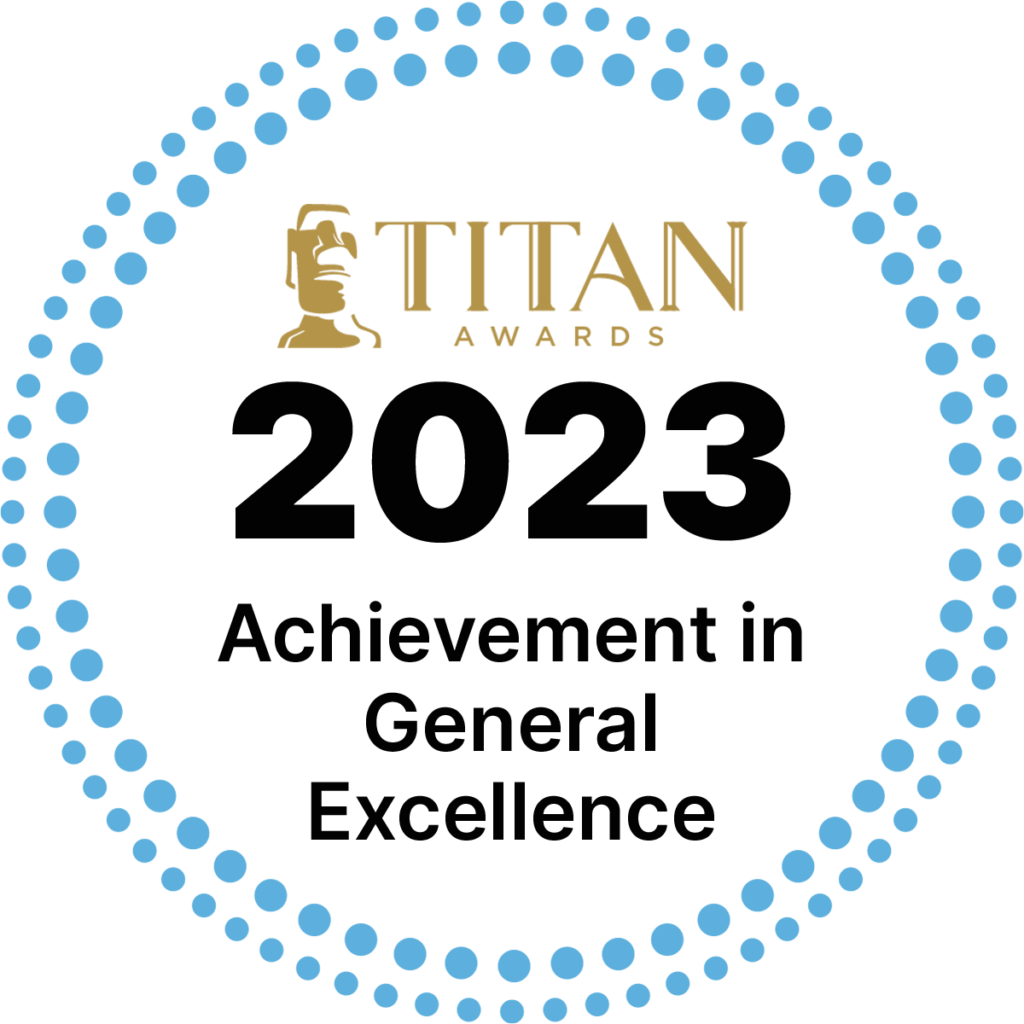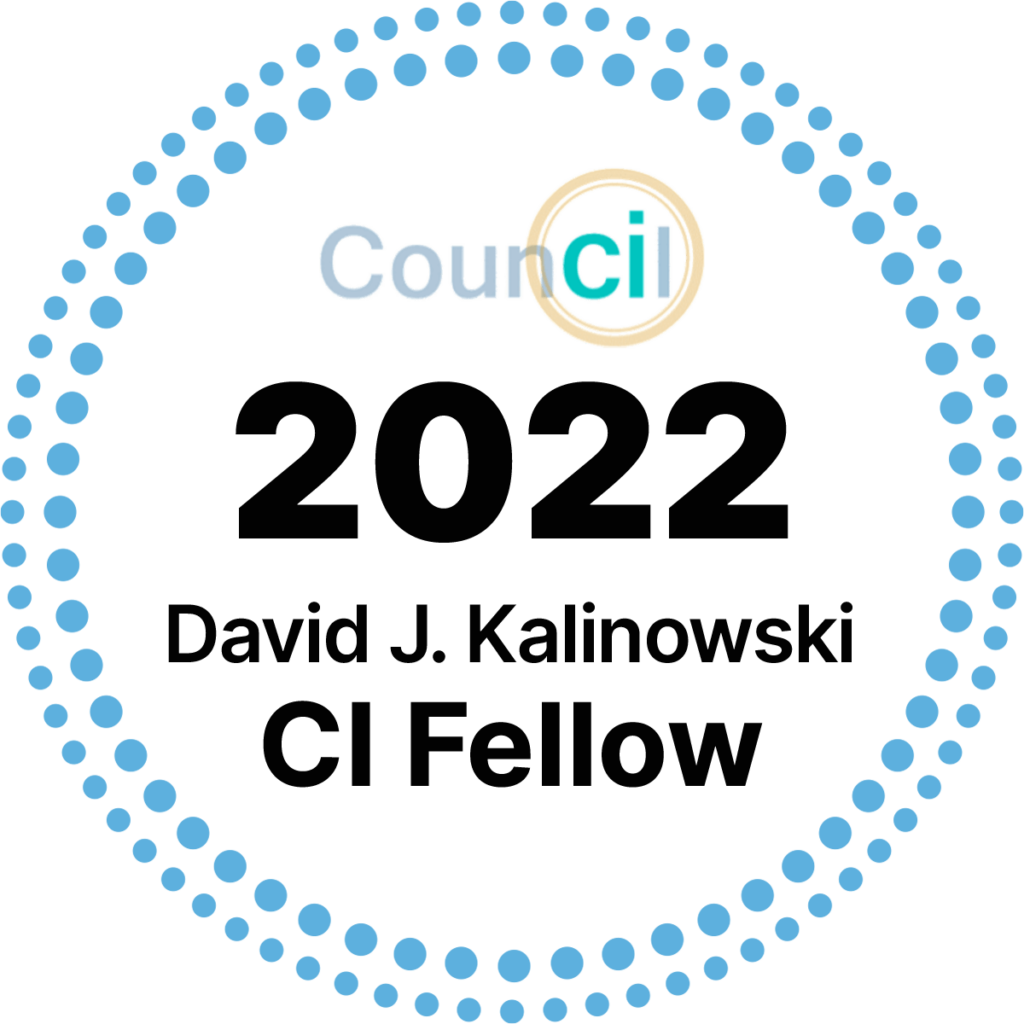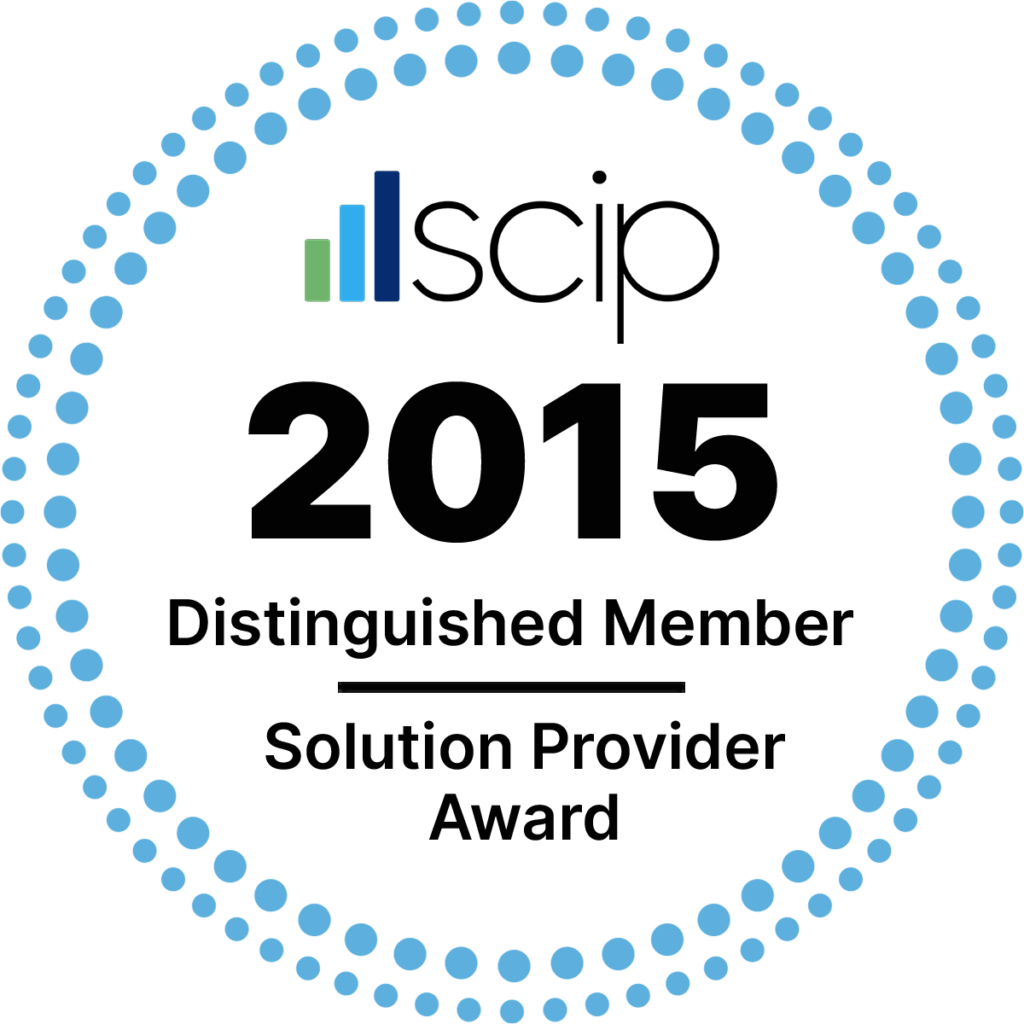Published: September 30, 2019

In the competitive intelligence space, pricing assessments continue to be one of the more frequent requests of CI and marketing functions. These studies tend to be unique in the competitive intelligence space, largely focusing on voluminous quantitative data versus more qualitative insights found in most intelligence studies.
With the strategic planning season upon us, we figured we would provide some best practices regarding pricing studies and how to provide strong results.
Know Legal’s Opinion Before Developing a Pricing Strategy
Competitive insights often involve legal guidelines, but you must take particular care in choosing a pricing strategy. In many instances, these projects have very black and white responses you should know.
One of the biggest concerns with capturing pricing is related to antitrust laws. These laws prevent organizations from artificially aligning prices based on competitive price matching or direct/indirect collusion. While pricing studies do not directly allow an organization to participate in this activity, you should make efforts to ensure the pricing strategies you develop are independent of just competitive activity.
In most cases, legal departments raise concerns when pricing gets directly captured from competitor organizations versus dealers and distributors. As a result, rules of engagement may change based on your legal department’s viewpoint.
Knowing this before you get started helps save you from project delays.
Heavily Consider External Partners for Collection
We strongly suggest using an external partner during the pricing strategy consulting process. Not all CI requires external partners, but the unique nature of pricing, the data you are capturing and the sheer volume of most requests almost always requires external resources.
Partners also provide skillsets that internal CI functions don’t always maintain, and they provide the workforce needed to generate the volume of price points desired. Because it is quantitative data, the number of price points matters. In most cases, one competitive dataset is not enough to make a decision.
Don’t Boil the Ocean — Focus on Essential Parts
Organizations all too often start a price assessment with “give me as much as possible.” Even if this was cost-effective, it does not necessarily make the project doable. In many cases, there is a balancing act in how many separate data points research can realistically capture in a moment.
To help narrow the focus — and often the cost — get internal stakeholders to focus on the critical parts that mean the most to the company. It is unlikely that you need to evaluate every hex bolt sold. Instead, consider capturing pricing on the following:
- Key profit drivers for the business — especially if competitors are offering new, less expensive solutions.
- Take a look at critical products, components or services that generate other related sales. For example, you may buy a piston gasket for an engine, but the piston itself is driving the purchasing decision.
- Focus efforts on products already on the market versus brand-new. In many cases, new products won’t have many competitor price points available (certainly aftermarket alternatives).
- Examine products, parts or services that don’t change much from country to country. This means that price data points can have wider applications than just one market. These are increasingly rare, but most organizations have a core offering. The more you understand about that core offering, the easier it is to draw conclusions about pricing in other markets.
It’s Not Just About the Data
Don’t just make pricing research about the data. Focus on the sales process, value proposition and other factors involved in a purchasing decision. Pricing plays a huge role in most decisions, but not every one of them. Make sure to ask about lead times or why customers buy. These are critical parts to understand when developing a competitive strategy.
In at least half of the studies we execute, we find that competitors offer a service, experience or value to the sales process that plays a role in decision-making.
Realistic Timelines
Price assessments take time.
It is easy to think that sales representatives are quick to provide pricing. But in most cases, they have to balance requests from known and unknown entities — and research from less-well-known organizations takes more time. Proactive Worldwide can capture some pricing within a matter of days, while we measure most in weeks of time and effort.
This is especially the case in global studies where cultures often dictate how pricing is communicated and what process is required to get a quote. Countries such as Japan and Korea can be notoriously slow at responding to price requests. Several markets in South America can take considerable time as well due to the large territories that organizations represent. The more time you have available, the better the results.
Purchasing Process Dictates Project Challenges
When thinking about capturing price points, think about the sales process your organization has and what is involved in getting to a price. This will provide you with a complexity preview of the request as well as how long engagement will take. If the product is a commodity, pricing could be relatively quick. But if the product is sold to only one company in the world or only 10 of them are sold each year, capturing pricing can be very challenging and timely.
Put yourself in the shoes of a customer and walk through the process with sales before executing a pricing assessment. Also, don’t get discouraged by the process. There are many workarounds and alternatives, but it should give more realistic talking points with stakeholders and any external partners you have.
Consider Multiple Pricing Strategy Consulting Methods
There are many ways to capture pricing insights, including customer interviews, scraping technology, panels and secret shopping.
Pricing research often has a direct impact on an organization’s pricing and product strategies and influences revenue and profitability outcomes. With the few tips above, you will find that pricing insights can enhance decision-making and your functional capabilities.













